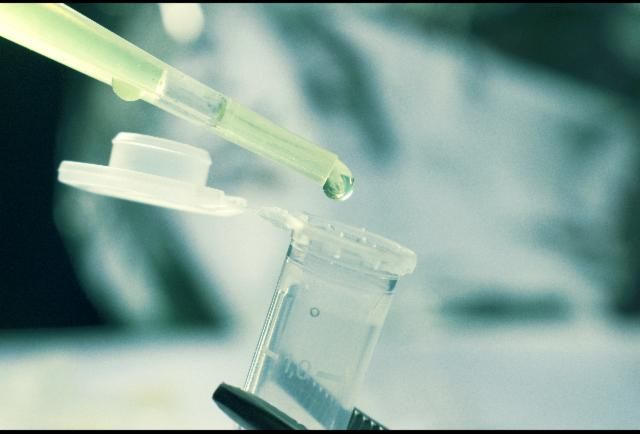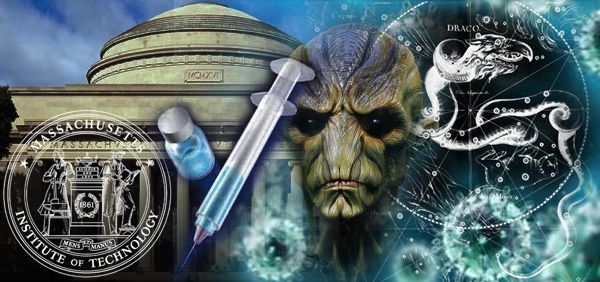Tissue engineering makes further progress for repairing damaged joints.
Writing in The Lancet, Swiss doctors report that cartilage cells harvested from patients’ own noses have been used to successfully produce cartilage transplants for the treatment of the knees of 10 adults (aged 18–55 years) whose cartilage was damaged by injury. Two years after reconstruction, most recipients reported improvements in pain, knee function, and quality of life, as well as developing repair tissue that is similar in composition to native cartilage.
Despite this promising start, however, the effectiveness of the procedure needs to be rigorously assessed in larger randomised trials compared to conventional treatments and with longer follow up before any firm conclusions can be drawn about its use in routine clinical practice, say the authors.
Every year, around 2 million people across Europe and the USA are diagnosed with damage to articular cartilage because of injuries or accidents. Articular cartilage is the tissue on the end of a bone that cushions the surface of the joint and is vital for painless movement. Because the tissue doesn’t have its own blood supply, it has limited capacity to repair itself once damaged, leading to degenerative joint conditions like osteoarthritis. Traditional methods to prevent or delay onset of cartilage degeneration following traumatic events like microfracture surgery don’t create the healthy cartilage needed to endure the forces of everyday movement. Even novel medical advances using patients’ own articular cartilage cells (chondrocytes) have been unable to predictably restore cartilage structure and function in the long term. As the population ages and people live longer, there is an urgent and growing need to develop an effective therapy to repair cartilage damage.









